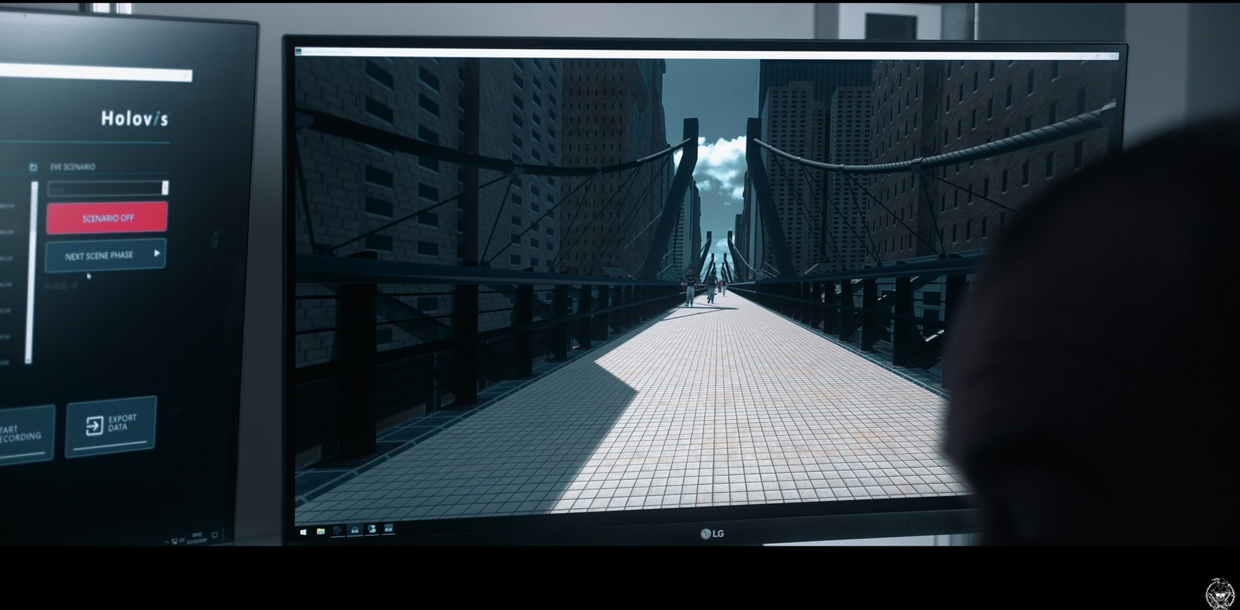Immersive experience design firm Holovis has upgraded the University of Exeter’s VSimulator at Exeter Science Park. The project was a response to the immediate popularity of the VVSimulator’s capabilities which led to the university requesting additional functionality.
VSimulators@Exeter, which opened in 2020, links structural movement and environmental conditions. The motion platform, which was provided by simulator specialist E2M, is used for applications such as testing bridge or stadium design when people are moving on the structure. More recently, it’s been used by medical researchers who are investigating how older people can move safely around certain environments. On the platform, nine users can be simultaneously immersed in shared experiences using VR headsets, with all the motion and movement data captured by the system for processing and analysis.
Holovis worked on the initial project – installing a sophisticated motion platform and creating bespoke middleware and content. Its work on the upgrade provides:
- A set of code libraries and content which allow researchers and commercial clients to create their own software solutions to control the system, tailored to their specific needs.
- New functionality to allow researchers who are not fully-versed in operating the platform the opportunity to quickly understand its basic controls, increasing speed to competence and shortening research phases.
- Immediate playback of 360-degree video in headsets, in conjunction with movement on the motion platform.
Dr Drew Dunk, head of software development at Holovis, said: “The University of Exeter has been a brilliant partner to work with. We gave them a list of additional functionality which they immediately saw the potential of.
“We are working together to explore even more functionality. We have only just begun to understand the potential and capability of the VSimulator for learning, research and industrial applications.
“It’s been a great project to work on, and we see our partnership with the university only getter stronger as we bring new technology upgrades to the system in the future.”
Professor James Brownjohn, a structural dynamics expert at the University of Exeter, and principal investigator for VSimulators@Exeter said: “VSimulators@Exeter is world-beating. I don’t think there’s anything like it on the planet.
It’s probably got the most sophisticated virtual reality environment for a group of people working together in a simulated environment on a platform that I know of.”
He added: “Holovis has smoothly managed the process of creating the facility, integrating a unique motion platform, a very large and rare array of force plates, motion capture and virtual reality for up to nine occupants e.g. in a stadium simulation.
“We have enjoyed working with Holovis, with their highly professional approach and technical skills. The potential real-world impact can be far reaching - we really don’t know where it will take us. It will be an exciting ride and we look forward to more collaboration with Holovis in the future.”
 AV Magazine AV Magazine
AV Magazine AV Magazine 











Have your say
or a new account to join the discussion.